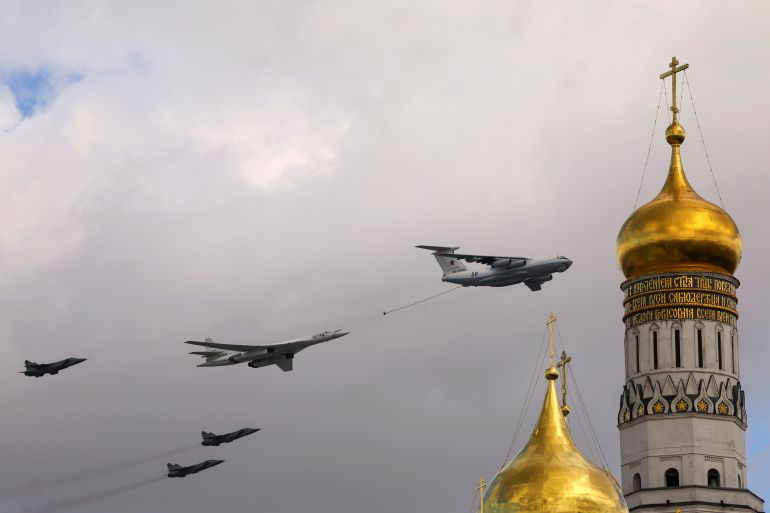By Syed Fazl-e-Haider*
 According to multiple reports, Russia is recruiting Afghan security personnel, who were previously trained by the United States, for its war effort against Ukraine. The former Afghan elite commandos and soldiers are reportedly joining the Russian private military company known as the Wagner Group, a private mercenary force playing a prominent role in Moscow’s war against Ukraine—especially in the recent intense fighting around Bakhmut (Radio Free Europe/Radio Liberty, December 27, 2022).
According to multiple reports, Russia is recruiting Afghan security personnel, who were previously trained by the United States, for its war effort against Ukraine. The former Afghan elite commandos and soldiers are reportedly joining the Russian private military company known as the Wagner Group, a private mercenary force playing a prominent role in Moscow’s war against Ukraine—especially in the recent intense fighting around Bakhmut (Radio Free Europe/Radio Liberty, December 27, 2022).Before its military withdrawal, which was completed in 2021, the US built and trained the Afghan National Defense and Security Forces, spending almost $90 billion over the past 20 years. US Navy SEALs and the British Special Air Service handled most of the training for these units. When US forces finally left Afghanistan, between 20,000 to 30,000 Afghan commandos remained in the country (Kyiv Independent, October 26, 2022).
Although Russian authorities deny reports on the recruiting of former Afghan soldiers, several former Afghan security personnel have disclosed that Tehran has been enlisting former Afghan soldiers in Iran for their deployment against Ukraine. The Kremlin has offered them Russian citizenship and a better life in Russia in exchange for joining the war effort (Afghanistan International, November 2, 2022).
A former member of the Afghan special forces expressed his views on being abandoned by the US and the former Afghan government lamenting that “after the fall of the country’s traitorous presidential regime, [the US] sold us out and surrendered the country to terrorists [the Taliban]. … We had no place to live in Afghanistan anymore, because the Taliban terrorists chased us. … Several of our peers were captured and beheaded, and we were forced to leave Afghanistan” (Radio Free Europe/Radio Liberty, December 27, 2022).

/2023/01/15/image/jpeg/kcPfkXSUXmBnVr0VPewJ7QX2HcUIXer8UrzvNhq2.jpg)












